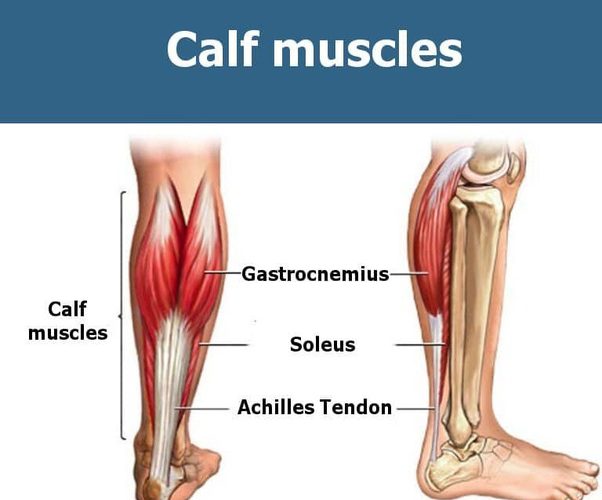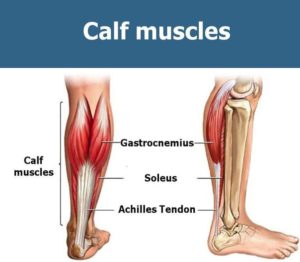What is it?
A calf strain, commonly called a ‘pulled’ muscle, is caused by overstretching or tearing of either of the 2 calf muscles – the soleus and the gastrocnemius.
Symptoms
A calf strain usually starts with sudden pain in the back of the lower leg. A pop, snap or tearing sensation may be felt. Occasionally, with a severe tear, it may feel like you have been shot in the back of the leg. Afterwards, the calf may swell and it will be difficult to rise up onto the toes. The calf will be painful and tender and will feel weak and stiff. Bruising usually occurs within a day or 2 of the injury.
Causes
Calf strain occurs during activities that involve pushing off on the toes, such as running or jumping, or sports that require explosive muscle contractions, such as tennis, squash or football.
Treatment
- ice;
- compression; and
- elevation.
Anti-inflammatory medicines may be used.
After 48 hours, strengthening exercises should be started. Heel raises and calf stretches form the basis of these exercises and should be gradually progressed in number of repetitions and load before returning to sport.
In general, a person should have a full range of motion of the ankle and knee, a painless stretch of the calf, no tenderness of the muscle and full calf strength before returning to full activity.
By Patrick Mcfadyen


